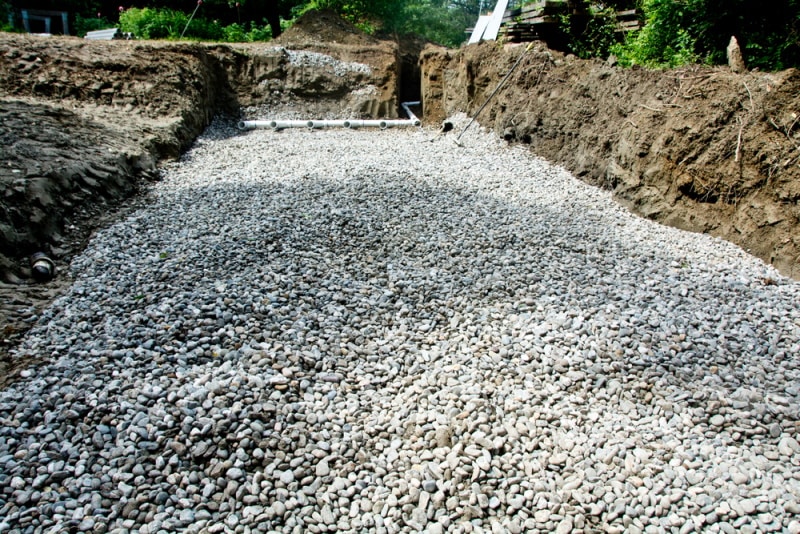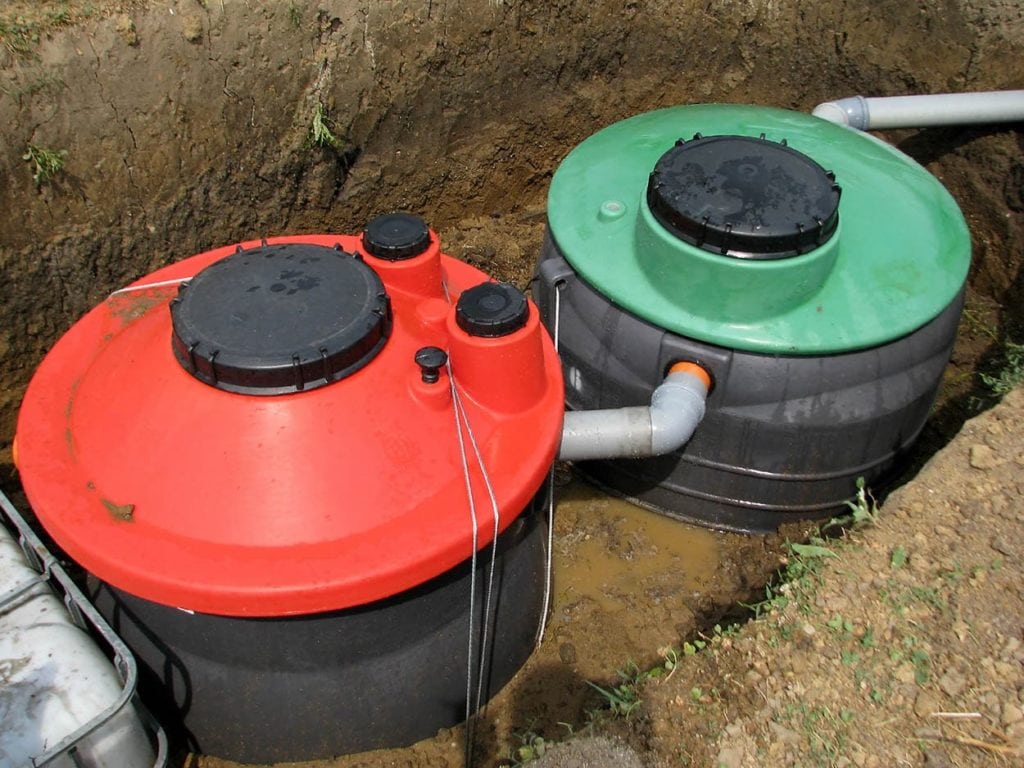What Is a Leach Field? (Advantages & Disadvantages)
-
- Last updated:

While most people know about septic tanks, not too many people are familiar with the term “leach field.” But if your home has a septic tank, it has a leach field. But what exactly is a leach field, what does it do, and how does it work? Leach fields are a pretty basic design in that they give a septic tank space to filter and clean up contaminated water from the septic tank before it has a chance to get back into the ground.
While it’s not the sexiest topic, it’s still interesting, and if you’re a homeowner of a home with a septic system, it’s worthwhile to figure it all out. So, keep reading and we’ll help you dive into the colorful world of leach fields!

How Does It Work?
To understand how a leach field works, you need to understand how a septic system works.
The septic tank is an area where all the wastewater from your home goes. Inside the septic tank materials naturally separate, and they separate into three layers. The top layer, known as the scum layer, is grease, oil, and fats. Anything that will naturally float on the water comes up to this layer.
The middle layer is the effluent layer, which is mostly wastewater. Finally, the bottom layer is the sludge layer, which is all the heavy elements that sink to the bottom. The leach field is all about the effluent layer inside the septic tank.
Pipes and trenches take this wastewater and filter it through beneficial bacteria, and the filtered water leaches back into the surrounding soil and ecosystem.
What Are the Different Types of Leach Fields?

When you’re looking at different ways septic systems clean and disperse wastewater back into the environment, there’s not a one-size-fits-all model. There are three different types of leach fields in addition to the standard pipe and trench gravel-filled method.
The first alternative is the dry well system. Dry wells work in a similar way to leach fields except instead of a long field, dry wells consist of a vertical pit filled with crushed rock or gravel.
The next system is the mound drain system. Mound drain systems are above-ground systems. They work in much the same way as a standard leach field, but often they require a pump to get the wastewater to the mound drain in the first place.
Finally, the last option is the chamber system. Chamber systems collect fluid in a plastic container and allow them to seep into the ground below. Chamber systems can have gravel, but they don’t always. Furthermore, not every location allows for a chamber system, and you need to be especially careful to keep a chamber system from overflowing by putting too much water into the system.
Where Is It Used?
If your home has a septic system, it has some sort of leach field to deal with the wastewater. Septic tanks can’t hold all the necessary wastewater, so over a period of 24 to 48 hours, it heads to the leach field and works its way back into the surrounding soil. This opens more space inside the septic tank, which reduces the number of times you need to call someone out to drain it.
Leach fields are a necessary part of septic systems, and you won’t find a septic system without at least one type of leach field!

Advantages of a Leach Field
Whether you love leach fields or hate them, you need one if you have a septic system. They open space in the septic tank for more waste, and they filter contaminants out of the wastewater before sending it back into the ecosystem.
Leach fields are an absolute necessity if you have a septic system. Otherwise, you would need to constantly have someone out to pump out the tank!
Disadvantages of a Leach Field
While leach fields are a necessary part of a septic system, that doesn’t mean they don’t come with any drawbacks. The primary drawback of a leach field is the space they take up. Whether you have an above or below-ground leach field, you need to have a place for it.
Not only that, but if something goes wrong with the leach field, you need to be able to have access to it. This means even if you have a below-ground leach field, you still need to leave the area above it open.

Frequently Asked Questions (FAQs)
Leach fields might be a new topic to you, and if your home has a septic system you want to know as much as possible. This naturally leads to questions, which is why we took the time to address and answer some of the most frequently asked questions for you here.
How Long Do Leach Fields Last?
This depends on a lot of factors, but most leach fields will last 15 to 30 years. However, with proper maintenance and a little luck, it’s possible to have a leach field last 50 years or more!
What Are the Signs of a Failing Leach Field?
If your leach field is starting to fail, you will notice it. Signs of a failing leach field include standing water, damp spots, bad odors, and/or spongy grass over the septic tank. These issues all occur near the septic tank or drain field with a failing leach field.
Is a Leach Field Necessary?
If your home has a septic sewer system, a leach field is absolutely necessary to process the wastewater. Otherwise, you’ll end up with a marsh around the septic system or a clogged septic tank in no time.
Do Leach Fields Smell?
A properly functioning leach field should not smell. The leach field should process and eliminate any odor-filled bacteria before releasing anything back into the surrounding environment, so there shouldn’t be any unpleasant smells coming from the leach field.
Why Is My Leach Field Always Wet?
If your leach field is always wet, it’s a sure sign of a problem. It’s likely that the wastewater is not draining properly. It could be a problem with the pipes or the tank, but you’ll need to investigate further to figure out what’s going on.

Conclusion
Leach fields might not be the most fun topic in the world, but if you own a home with a septic system, it’s pretty important. Now that you know a little more about what a leach field is, what it does, and how it works, you’re in a better position to figure out what’s going on if there’s a problem.
But hopefully, you can put this information in the back of your head and not need to use it for years to come!
Featured Image Credit: Erika J Mitchell, Shutterstock
Contents

